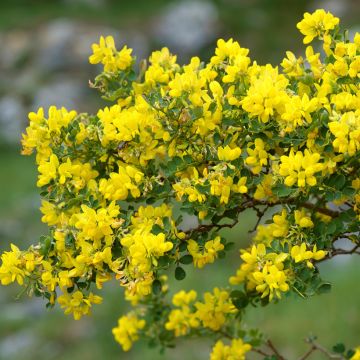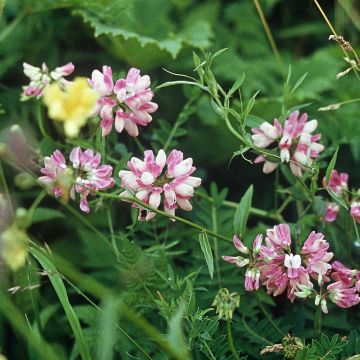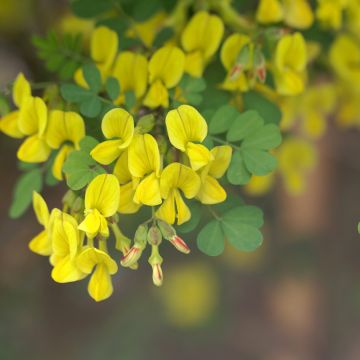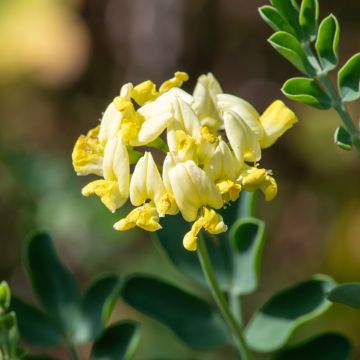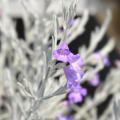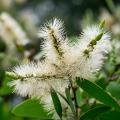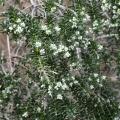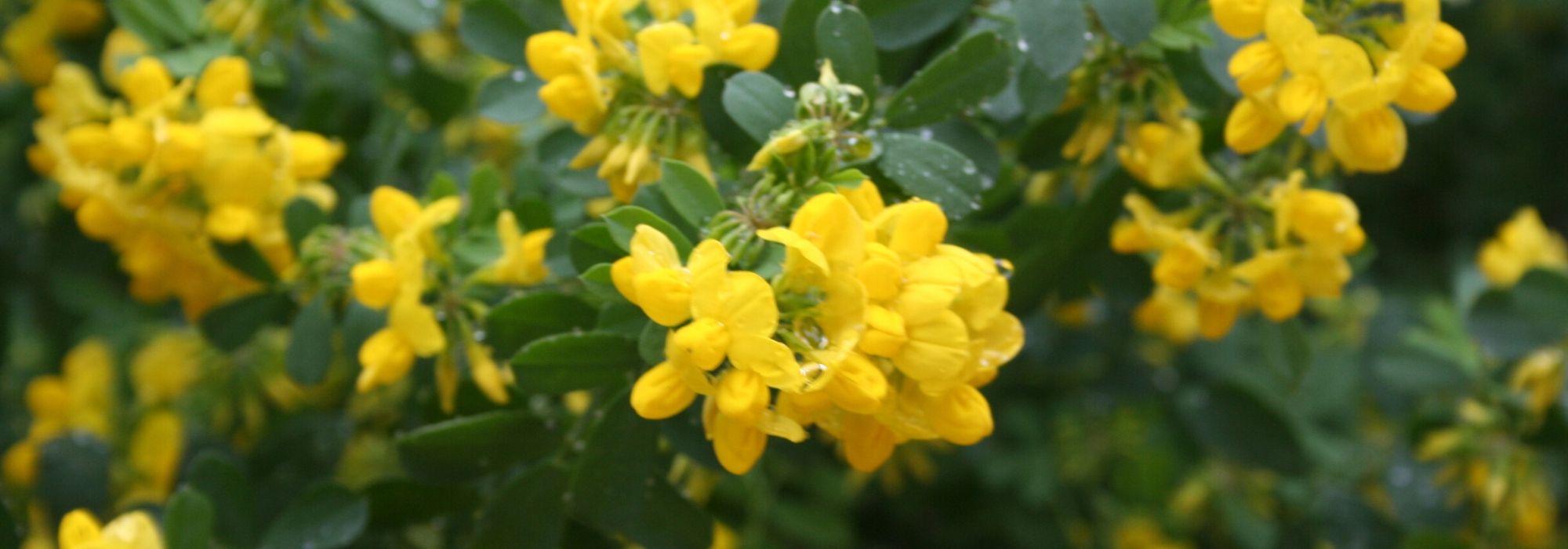Coronilla
Would this plant suit my garden? Set up your Plantfit profile →
Available in 1 sizes
Available in 1 sizes
Available in 1 sizes
Available in 1 sizes
Available in 1 sizes
There are approximately 6 species of these Bushes, whose Latin name Coronilla is related to the arrangement of flowers in small crowns (from Latin Corona). The most cultivated in our gardens is Coronilla glauca, with evergreen green-blue foliage, and Coronilla emerus, deciduous in winter but more resistant to cold. This small bush from the Fabaceae family, native to the Mediterranean basin, is one of the easiest to grow. And its long, yellow and fragrant flowering is enchanting in spring or early summer. In nature, Coronillas are pioneer plants that colonize degraded and poor soils, preparing the ground for more demanding plants that will settle after them. As is the case with many "legumes", their roots help enrich poor soils by fixing atmospheric nitrogen. As such, these small bushes grow quickly, easily self-seed spontaneously, but often live only a few years (about 10 years). Rarely exceeding 1.50m (5ft) in height, often very bushy, the shrubby Coronilla revives the garden with its sunny flowering that will take over from Forsythias. Perfect for a garden without watering, it will enhance all blue flowers (evergreen Ceanothus, herbaceous integrifolia clematis...) and will form a remarkable contrast against the dark silhouette of conifers. Coronillas tolerate the presence of limestone and are happy in well-drained soils, even dry in summer.
Haven't found what you were looking for?





































